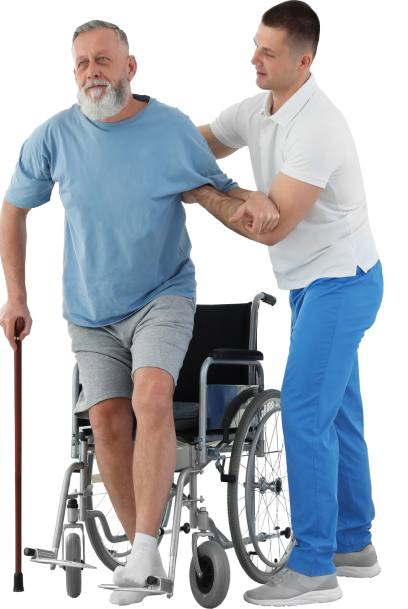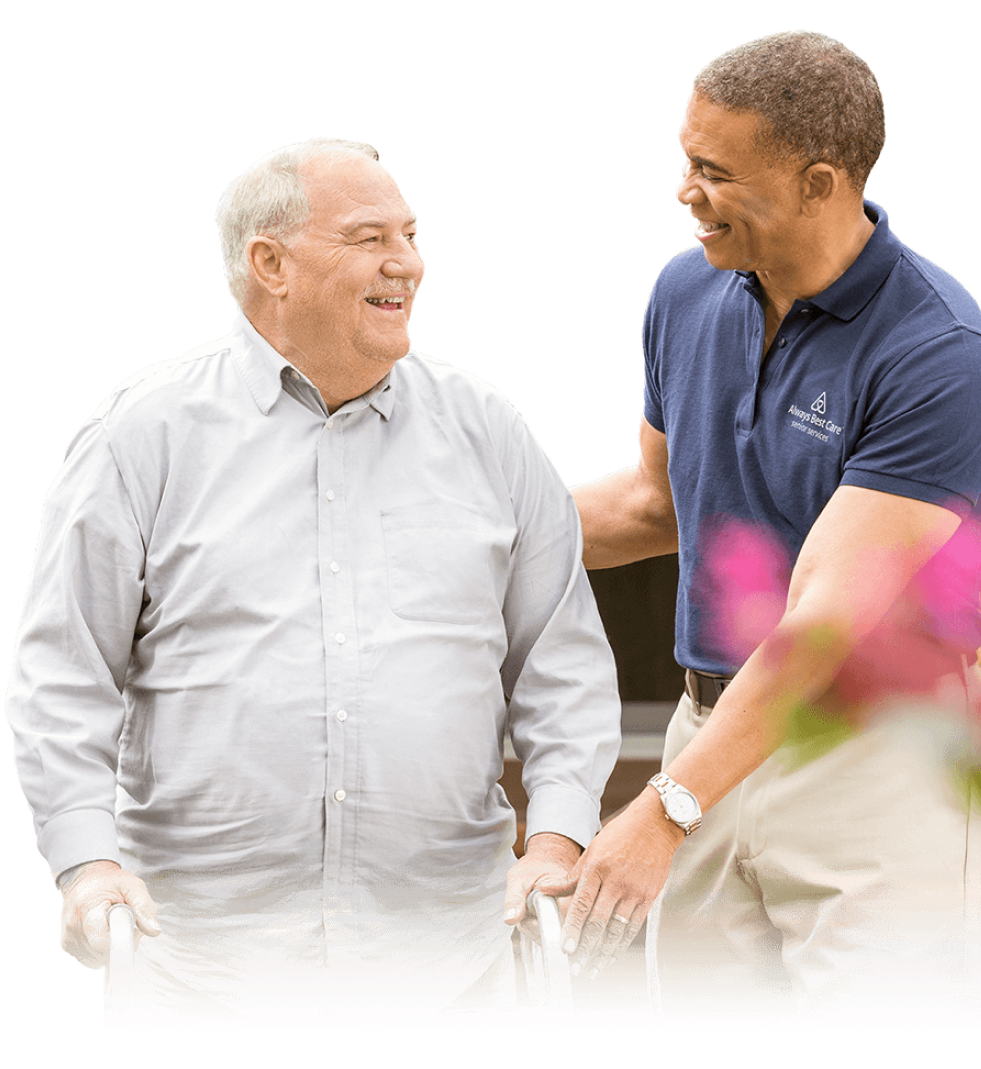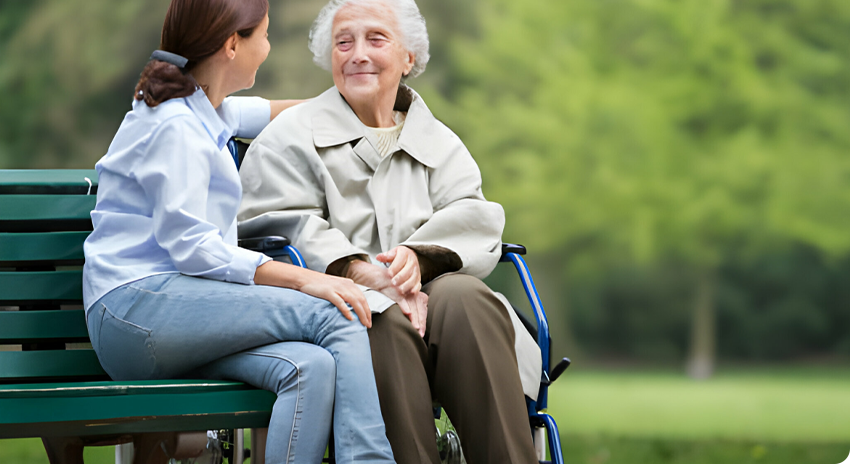GAITHERSBURG, Md. - A growing fight is unfolding in Montgomery County over newly released school boundary options tied to the long-awaited Crown High School project. Parents in Gaithersburg say the latest proposal from Montgomery County Public Schools (MCPS) is "unfair," leaving their neighborhood at a disadvantage while shifting the new school’s benefits elsewhere.
The concerns intensified after MCPS presented four revised boundary scenarios during a virtual meeting Monday night. Parents say each option pushes Gaithersburg students into already overcrowded schools—or allocates the brand-new Crown High School primarily to more affluent communities.
Parents say new options sideline Gaithersburg students
Parents who spoke with FOX 5 say they were shocked by how drastically the new draft options differ from earlier expectations.
Parent Monica Bassi argued that Gaithersburg families helped fund Crown through development impact taxes but may not see the benefits.
Another in-person public meeting on the issue was scheduled for Tuesday evening at Gaithersburg High School, where parents say they plan to confront district officials directly.
MCPS: Crown should serve as a temporary holding school
MCPS confirms it is formally recommending that Crown High School open not as a comprehensive high school, but as a temporary holding school. Under the plan, the Crown campus would house students displaced during major renovations at three aging high schools: Magruder, Damascus, and Wootton.
One option presented Monday would assign Crown High School primarily to Wootton High School students during their renovation.
District leaders say this strategy would save an estimated $273.8 million, shorten construction timelines by about seven years, and help address long-standing challenges in the Capital Improvements Program (CIP), which faces a multibillion-dollar backlog.
Community pushback: "We paid for this school"
Families in Gaithersburg argue that their community’s rapid growth and tax contributions justify opening Crown as a neighborhood high school - particularly since many of the proposed scenarios redirect their children to overcrowded campuses farther away.
"I want my two daughters to go to the high school that's in walking distance from them that we've paid for that they deserve," said parent Dana Riddell.
"Crown is the closest high school to my kids, so it's going to take them over 270. So, my concern is also the options - put them in a school that's going to be overcrowded," said Bassi said.
Others worry the district is making promises it cannot guarantee.
"My big fear ultimately is they're going to promise using this as a holding school for ten to fifteen years to go fix three separate high schools that they don't have funding for," said parent Tyler Hammock.
Questions over enrollment data
While MCPS cites county-wide declining enrollment as a major driver behind the holding-school proposal, Gaithersburg leaders say the district is ignoring strong population growth in their city.
Parents point to data presented by Gaithersburg’s mayor, including major employers—such as AstraZeneca—expanding in the area and bringing thousands of jobs.
"AstraZeneca is investing over two billion here. We have the Lake Forest development that's coming. People are going to be moving in here. Jobs are being created here. Growth is concentrated up county in Gaithersburg. And that data is being blatantly ignored," Bassi said.
Some parents say MCPS should go back to the drawing board.
What happens next
The district will hear questions and public comments Tuesday night at Gaithersburg High School. MCPS emphasizes that this is only a recommendation—not a final decision.
The proposal now heads to the County Executive and County Council for review, triggering one of the most significant phases for public input.
Upcoming Boundary Study Engagement Sessions
More information can be found online.
The Source: Information in this article comes from Montgomery County Public Schools and previous FOX 5 reporting.

 301.263.6982
301.263.6982




 Service Areas
Service Areas























